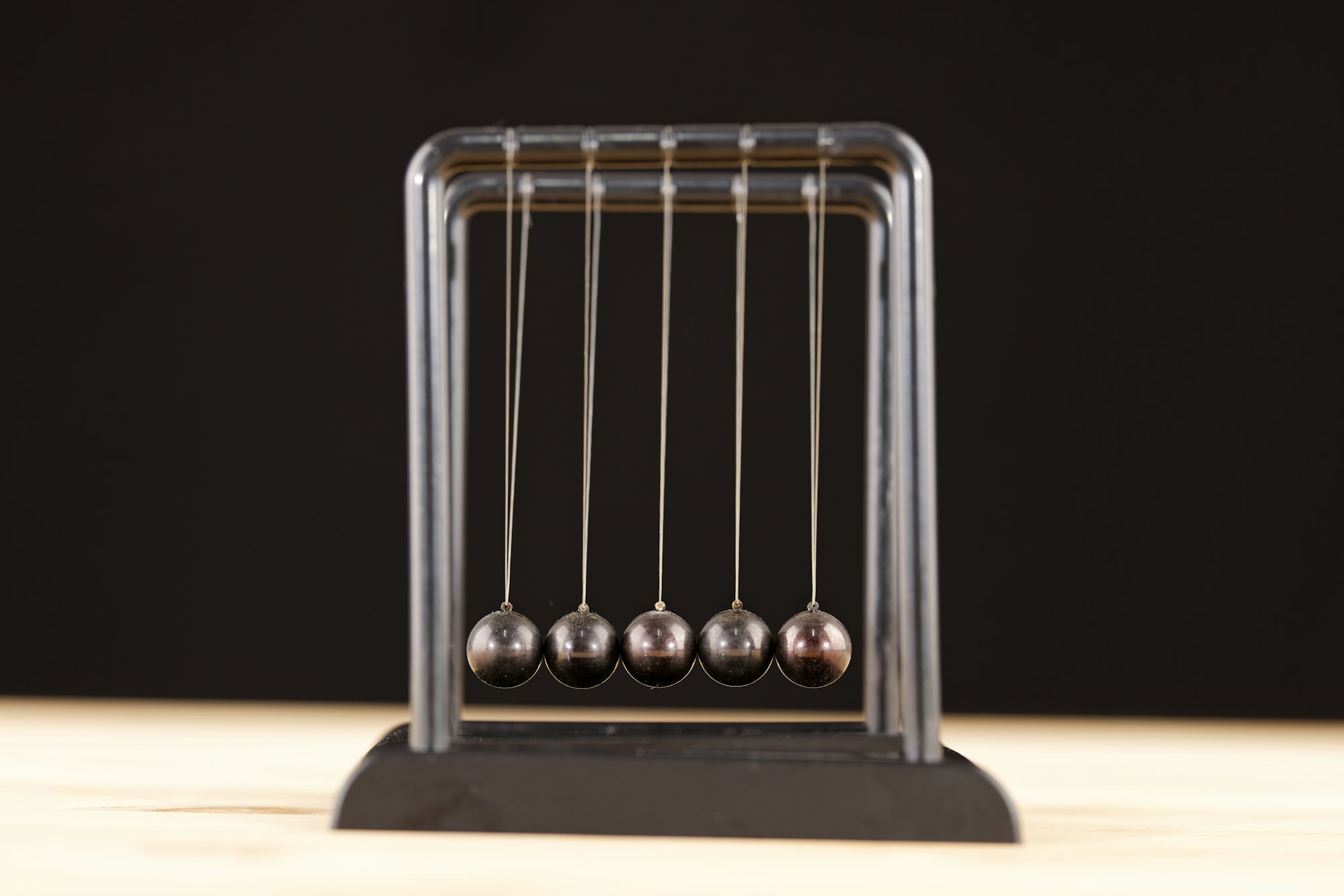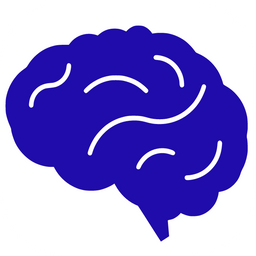IA2 requires students to modify an existing practical experiment to investigate a research question they develop, then write a report about it. If you are stuck trying to write the report, you've come to the right place. Here is a guide on how to write an A-grade IA2!
- How to Find an Experiment?
- How to Structure the Whole Report?
- Final Tips
- FAQs

How to Find an Experiment?
- Read and annotate the task sheet
- Research a topic or experiment that you are interested in.
Once you've selected your experiment begin your student experiment in this order:
- Modifications
- Research Question
- Rationale
- Data Tables
- Conduct the experiment
Doing it in this way will give you the most efficiency while completing the experiment. Now below is a breakdown of how I recommend presenting your report.
How to Structure the Report?
1. Rationale
2. Research Question
3. Method
4. Risk Management
5. Display your Results
6. Trends, Patterns and Relationships
7. Uncertainties
8. Limitations
9. Evaluation
10. Conclusion
11. Improvements
12. Extensions
1. The Rationale (350-450 words)
The rationale provides background information about your experiment. In this section, you have to:
- Explain the purpose of the investigation, the topic and scientific concepts.
- This requires 1 or 2 sentences about the relationship being explored in the report.
- Then, explain the topic and how it’s relevant to your task. Make sure to include formulas that surround your experiment.
- Break down your specific experiment:
- Label control, independent and dependent variables.
- A quick summary of the method, and what the experimenter did (e.g. switching power on and off).
- Expected/theoretical results
- Future graphs.
- Label the relationship between dependent and independent variables (e.g linear).
- Table of theoretical data from equations and controlled variables.
- Expected gradient and y-intercept of the linear graph.
- The last sentence should be a summary of the modifications to the original experiment.
2. Research Question: What’s this report about? (20-40 words)
Make sure your research question (RQ) has all these:
- Begins with words like "does, what, how"
- Independent variable's effect on the dependent variable
- Some control variables
- The domain and increments for variables
3. Method: What did we do?
- Original method: Identify what the original experiment did in a sentence, and mention that the full original method is in the appendix.
- Modifications (100-125 words): do this in a table like the one below. Have at least two modifications (refinement, extension, modification or redirection), state and justify your modifications.
4. Risk Management: Was everyone okay? (100-120)
- Identify the risk
- Explain why it is a risk, and how you managed it.
- List the ethical (no plants, animals and/or humans were harmed) and environmental issues (no pollution, no materials discarded).
5. Display your Results (100-120words)
- Raw Data Table: This shows the collected data from the experiment. I recommend 5 trials for each set. Do not have any calculations, but include measurement uncertainties, symbols and units.
- Processed Data Table: this table should have:
- Averages of trials
- Percentage uncertainties for dependent and independent variables
- Values to show the dependent variable is linear to the independent variable
- Each column is rounded to the same significant figure and all appropriate symbols and units are shown
- Outliers/Standard Deviation: Analyse previous data tables for outliers through standard deviation calculations. I recommend going to 2-standard deviations.
- Sample Calculations: Show an example of how each calculation was made for the processed data table. List them off in separate rows with the equation, include examples, and show off your math skills.
- Main Graph:
- Appropriate titles (including x-axis and y-axis with symbols and units)
- Linear trend line
- Linear equation with symbols filled in for x and y, gradient and y-intercept
- R^2 value
- Minimum and Maximum gradients
- Error bars
6. Trends, Patterns and Relationships (130-160words)
Identify trends, patterns and relationships from your data:
- Trends – the general tendency for a set of data to change.
- Are there clear trendlines in your data?
- What are the equations of the trendlines? (state them!)
- How strong is the fit? ( value)
- Patterns – the repeatability of a set of data.
- Are there repeated values/patterns within and/or between sets of data trials?
- What are they and how can they be quantified/described?
- Relationships – the effects of the independent variable on the dependent variable.
- Provide the final equation.
- Is there a proportional relationship between variables?
- What is the mathematical term for this relationship?
7. Uncertainties (30 – 50words)
- Were the uncertainties big or small, and are they acceptable?
- What caused these uncertainties?
- I recommend referring to the experiment and values in the processed data table.
8. Limitations (100 – 125words)
- Have at least 2 limitations.
- How/why was the data limited to answer your RQ?
- Were there assumptions made during data collection (factors that were ignored)?
- Should you have increased the domain of your data samples?
9. Evaluation: Did we do a good job?
- Reliability (110 – 130words):
- The precision - repeatability of results
- Was there sufficient data for a trend? (number of trials, sample size)
- Were there similar results for each trial?
- Were there certain modifications that made your results more reliable?
- Validity (230 – 260 words):
- Accuracy of results, are they valid?
- Were all control variables controlled?
- How far away were experimental results from theoretical numbers (gradients, y-intercepts, tables – from rationale!)
- Theoretical uncertainties of control variables for a range of theoretical calculations
- Were the experimental values in this range?
10. Conclusion: Interpretation of Evidence (~ 250words)
- Directly answer RQ using the evidence.
- What do graphs show for the RQ?
- What did you observe from the data (use numbers)?
- Mention the uncertainties and their role.
11. Improvements (50 – 70 words)
- Two improvements that address the systematic and random errors to make your report more precise and accurate
12. Extensions (50 – 70 words)
- Two extensions. You could address limitations and/or different relationships of the equation and/or increase the report's scope.

Final Tips and Tricks
- Constantly proofread your work. If you want some expert help, you can use the KIS Academics Assignment Marking Service.
- Ask your teacher questions and have them read over small sections for you. They will often tell you what they expect.
- Try to make the report as professional as possible.
- Ultimately, remember that a layperson should be able to understand your report. I recommend giving it to a sibling or parent to have a read and see if they can follow the ideas.
Conclusion
The key is to ensure your report is complete and well-written. Follow this guide and you will be fine, but if you want some additional support, you can get a tutor from KIS Academics to help you out.
Frequently Asked Questions (FAQs)
How much is the IA2 worth?
- 20% of your Year 12 Internal Physics Grade.
How do I stay Under the Word Count?
- Symbols and units instead of words.
- Formulas, diagrams and images to explain concepts.
- In-text referencing for Physics facts
- Proof-reading always helps
Where can I find an example of an IA2 Physics Student Experiment?
- Take a look at the annotated IA2 example on the QCAA website. This helps to understand the ISMG.
- However, I recommend only seeking examples after having written a plan or parts of your report to avoid plagiarism. Remember there is no one right answer!
Written by KIS Academics Tutor for QCE Physics, Specialist Mathematics and Mathematical Methods, Ragulan Gnanavel. Ragulan is currently pursuing a Bachelor of Actuarial Studies and Commerce at UNSW. He has outstanding tutor credentials, and you can view Ragulan’s profile here and request him as a tutor.
Want more personalized study guidance to help drastically improve your marks? A private tutor can make the biggest difference!







